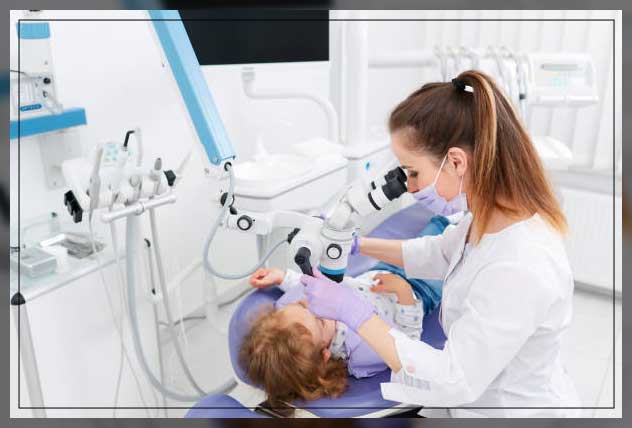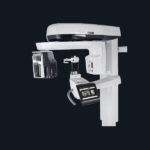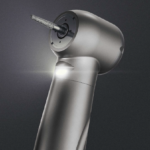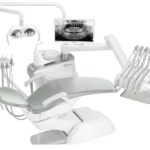
Do you agree that you have to make an accurate dental diagnosis to provide successful dental care? Therefore, you cannot neglect the importance of a dental laboratory and lab equipment.
As a successful dentist, you have to apply your expertise in dental devices and prostheses fabrication – delivering an overall treatment. You have to use suitable materials and tools for the job. All dental polishers need tools to polish.

Whether your lab is devoted to using the most advanced digital technology or believes in working with outdated equipment, your lab must invest in high-quality dental lab equipment. This lab equipment should be well maintained to get the best results.
Investing in top-notch dental lab equipment and maintaining it will help your lab meet the demands for detachable and fixed dental prosthetics for your patients. Here we discuss some of the best lab equipment used by dentists today.
What Need Lab Equipment During Dental Examination?
Dental lab equipment encompasses the full range of systems used by your dentist often made of stainless steel. These are used for manufacturing fixed or removable dental prosthetics. Irrespective of whether your lab is focused on using the latest digital dental technologies or critical systems for fabricating dental restorations.
These lab equipment are critical as they help to fabricate dental restorations. These time-tested techniques are often used for maximum esthetic appeal. These are also highly efficient as they increase your performance.

Thes lab equipment may include everything from the bench you work at and the utilities working in the background. It may also include the systems and machines you need to complete the highly specific tasks that allow you to produce top-quality dental restorations.
Finally, having the right equipment and having it in good working order is critical to your lab operations and success.
1. Dental Microscope
Your dentist will use the dental microscope to improve the quality of your examination and treatment. It also allows your dentist or dental care providers to examine features or cavities that would otherwise be impossible to see by the naked eye.
This dental microscope equipment makes the process easier for everyone involved. Moreover, its ergonomic design eliminates the risk of back pain and body aches.
A dental microscope is an important tool for your dentist as it allows for better visualization through the magnification of the objects. In dentistry, microscopes often enhance precision. These tools improve the quality of the dentists’ work and help ensure the patient’s long-term dental health.

For most dentists and surgeons, some of the primary goals include micro-invasive surgeries, minimizing risks, and to reduce the overall healing time. To fulfill these goals, a dental microscope is vital lab equipment.
2 Dental Scanner
Whether you are looking to develop a new service or want to increase efficiency in your current business, a dental scanner can help you achieve your goals. The dental scanner generally uses new technology. Hence it allows orthodontists to provide diagnoses and formulate treatment plans more easily.
3. Model Building Equipment
It is indeed true that 3D printing is a technology that often makes it easy to make a product on demand. Today dental clinics and laboratories can use it to make splints, clear aligner models, and biocompatible surgical guides. They can also make fixed models and patterns and complete all types of dentures in a time-efficient way.
4. Dental Die and Casting Machine
Porcelain and ceramic restorations are becoming common. However, many dental laboratories still prefer metal-based restorations. These restorations often require components that are properly cast.
Thus, by using dental dye and casting equipment – most dental laboratories benefit from it. It allows for automation of the fabrication processes, which is a labor-intensive process. Moreover, it provides monitoring of timings and temperatures with high precision.

It is indeed true that all-ceramic restorations are growing more popular, but metal-based restorations remain a vital part of the business even today. Therefore, in most dental laboratories – those metal-based restorations must be properly cast.
Production of dental dies and models remains essential, so most labs today need to set up a range of dental die and casting equipment. These processes would require precise techniques and a great deal of artistry to craft a crown, bridge, or other restoration in wax that will later be cast in metal.
5. Divesting Machine
Do you know what a dental divesting machine is? It is a machine your lab assistant uses to break away the casting mold from around a casting. These machines can remove debris and build-up on your dental appliances.
A dental divesting machine is often used in many different industries. It is essentially used for cleaning and getting rid of dirt in dental machines or dental instruments (lab instruments). The dental divesting machine may come from various materials, including metals, zirconia, and ceramics.
Different types of materials like zirconia, ceramics, and metals might be used in the dental divesting machine. A major benefit of dental divesting machines is placing hot rings directly into the machine, thus saving time.
Required connections for operation include vacuum, electricity, and compressed air. But be sure to choose a vendor who offers an extensive warranty and training support.
6. Lighting Equipment
A dental lab requires ideal lighting equipment for an accurate outcome. Therefore, the best lighting equipment must be lightweight, with high brightness. In addition, the lights should produce less heat to provide the best illumination at the dentist’s workstation.

Because accuracy and precision both depend on optimal lighting, it is a vital element in the field of dentistry. Lights can also be used to create an ambiance that will allow both patients and dental professionals to feel more at ease inside a clinic.
Hence it is important in a dental practice design – that lighting installations are placed for both functional and aesthetic purposes.
What types of dental lab equipment would a dentist require?
The answer to this question completely depends on what type of lab the dentist operates. It also depends on the dentist as to what type of restorations they want to create.
If you are a full-service lab using various techniques to produce removable and fixed materials from a wide range of materials, then your lab will require a wide range of dental equipment.
Just like every lab it requires basics such as laboratory furniture, including lighting and workbenches. As well as utility medical equipment including dust collectors and compressors.

In addition, dental laboratory equipment includes a reliable and versatile handpiece and an articulation system for mounting models. It might also include cleaning and polishing systems for putting those final touches on dental restorations.
CAD/CAM systems are another category of dental lab equipment that can be put to use in most labs. These digital platforms can be used for the design and fabrication of both fixed and removable prosthetics.
If your lab fabricates fixed restorations such as bridges and crowns, then there are a number of equipment systems you might need. Which systems you might need will depend on the processes you will use for fabrication and the materials you will be using.





Comments